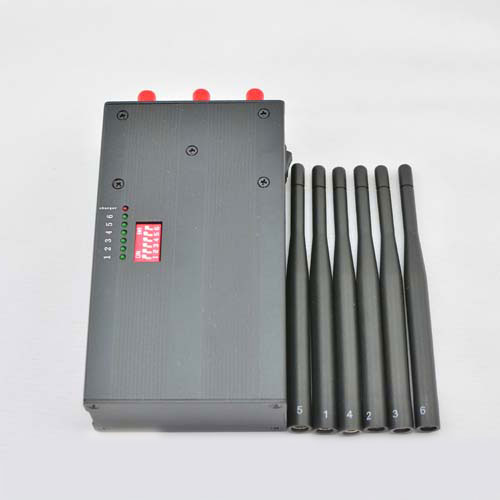The U.S. Army is making some radical changes to its electronic warfare technology
The U.S. Army's acquisition arm is rapidly modernizing its suite of electronic warfare (EW) technologies to keep pace with rapidly emerging battlefield threats, developing organic EW capabilities within brigade combat teams, and deploying new offensive and defensive capabilities system, service officials say
This multifaceted effort covers a wide range of activities, including ongoing upgrades to existing fixed-site, vehicle-mounted and soldier-worn electronic warfare technologies for dismounted troops, rapid development and deployment of next-generation systems designed to address near-term battlefields Electronic Warfare and Sensors (IEW&S).
Since the Iraq and Afghanistan wars began and improvised explosive devices (IEDs) or roadside bombs became the primary threat, the Army has successfully deployed a range of technologies capable of blocking or "jamming" radio-controlled improvised explosive devices (RCIEDs), delaying or Prevent explosions and potential damage to soldiers.
Some military signal jammer deployed early in the war, such as military vehicle-mounted jammers, provided information for subsequent upgrades designed to defeat wider-range threat signatures. For example, the military gps jammer , now deployed on thousands of vehicles in theaters, represents a technological improvement over previous systems.

“In the beginning, the threat was mostly low power, with adversaries using things like Fobs, radio-controlled toy car controllers, and garage door openers. Then they started getting more sophisticated. It was like a chess game. When we deployed new Threats change as the system responds to threats, because EW threats are much more than that.”
The requirements and resources for this effort are being developed to design a system capable of supporting a global response force capable of rapid deployment anywhere within 96 hours with effective RCIED jamming capabilities.





